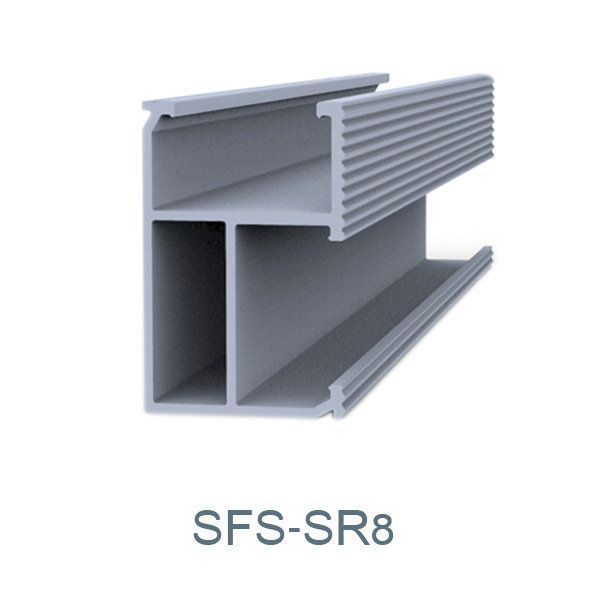

Understanding the Benefits of Hot Dip Galvanized Bolts for Durable Construction Solutions
Sep . 24, 2024 15:33 Back to list
Understanding the Benefits of Hot Dip Galvanized Bolts for Durable Construction Solutions
Understanding Hot Dip Galvanized Bolts A Comprehensive Overview
Hot dip galvanized bolts are essential components widely used in construction, automotive, and various industrial applications. Galvanization, the process of coating steel or iron with a layer of zinc, significantly enhances the bolts' corrosion resistance and durability, making them a preferred choice for both indoor and outdoor applications.
The process of hot dip galvanization involves several steps. First, the steel bolts are cleaned thoroughly to remove any rust, dirt, or oil. This cleaning process is crucial, as any contaminants can compromise the quality of the zinc coating. After cleaning, the bolts are dipped in a molten bath of zinc at temperatures around 450°C (842°F). The high temperatures allow the zinc to adhere to the surface of the steel, creating a robust bond. Once removed from the bath, the bolts are cooled and inspected for uniformity and coating thickness.
One of the significant advantages of hot dip galvanized bolts is their outstanding corrosion resistance. The zinc coating acts as a protective barrier between the steel and environmental factors such as moisture and oxygen, which cause rust. Moreover, even if the coating is scratched, the zinc still offers sacrificial protection to the exposed steel, allowing it to corrode at a slower rate than it would have without the coating. This property is particularly valuable in harsh environments, such as coastal areas or industrial settings, where exposure to corrosive substances is common.
Another benefit of hot dip galvanized bolts is their long lifespan. Typically, these bolts can last for several decades outdoors without significant deterioration, making them a cost-effective solution in the long term. This longevity translates into reduced maintenance costs, fewer replacements, and increased project efficiency. Organizations and construction companies often find it financially advantageous to invest in galvanized bolts upfront, as they save money on repairs and replacements over time.
hot dip galvanized bolts

Hot dip galvanized bolts are available in various sizes and grades, catering to different engineering specifications and load requirements. This versatility means that they can be used in a wide range of applications, from bridges and buildings to heavy machinery and infrastructure projects. Additionally, the availability of standardized sizes reduces lead times in procurement and facilitates easier installation.
In addition to their practical benefits, hot dip galvanized bolts also meet several international standards, ensuring reliability and performance. Many industries require fasteners to comply with regulations regarding quality and safety, and hot dip galvanization provides a trusted solution.
However, despite their many advantages, it is essential to consider proper installation techniques to ensure optimal performance. Proper torque specifications and installation practices can prevent issues such as loosening over time or failure under load conditions.
In conclusion, hot dip galvanized bolts represent a smart choice for anyone seeking durable and corrosion-resistant fastening solutions. Their manufacturing process, long lifespan, and adaptability make them invaluable in various industries, contributing to safer and more reliable constructions. As the demand for high-quality materials continues to grow, the importance of understanding and utilizing galvanized bolts cannot be overstated.
Latest news
-
High-Strength Hot Dip Galvanized Bolts - Hebei Longze | Corrosion Resistance, Customization
NewsJul.30,2025
-
Hot Dip Galvanized Bolts-Hebei Longze|Corrosion Resistance&High Strength
NewsJul.30,2025
-
High-Strength Hot-Dip Galvanized Bolts-Hebei Longze|Corrosion Resistance&High Strength
NewsJul.30,2025
-
Hot Dip Galvanized Bolts-Hebei Longze|Corrosion Resistance&High Strength
NewsJul.30,2025
-
Hot Dip Galvanized Bolts - Hebei Longze | Corrosion Resistance, High Strength
NewsJul.30,2025
-
High-Strength Hot Dip Galvanized Bolts-Hebei Longze|Corrosion Resistance, Grade 8.8
NewsJul.30,2025

